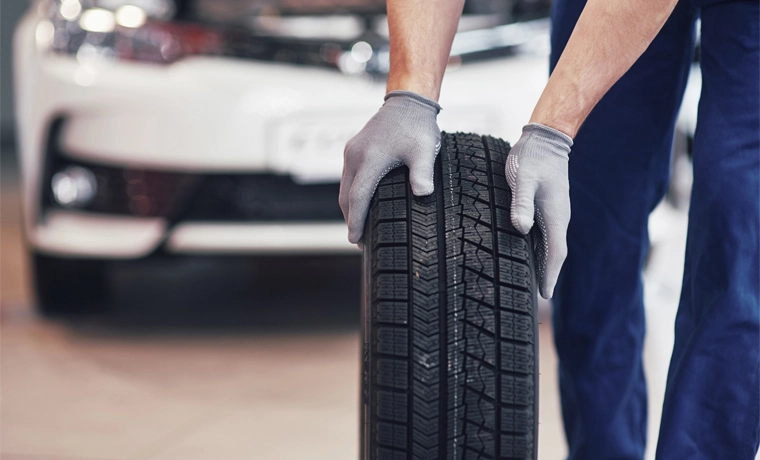Zorunlu çerezler, Platform’u görüntülemeniz esnasında cihazınıza yerleştirilen ve sunulan online servislerin düzgün şekilde çalışabilmesi için gerekli olan çerezlerdir.
İşlevsellik çerezleri, Platform üzerindeki belirli işlevlerin sağlanması ve bunlara dair tercihlerinizin hatırlanması için gerekli olan çerezlerdir. Platform üzerinde dil tercihinizi hatırlamak ya da çerez kullanımına yönelik ayarlarınızı kaydetmek için işlevsellik çerezleri kullanılır.
Performans çerezleri, Platform’u görüntüleyen kişi sayısı ile Platform trafiğini takip ve analiz etmemizi sağlar. Bu çerezler sayesinde Platform üzerindeki alanlardan hangilerinin en sık ya da seyrek ziyaret edildiği gibi bilgileri edinebilir ve Platform’un trafiğini optimize edebiliriz.
Kişiselleştirilmiş reklam çerezleri, sizlere Platform’da veya Platform haricindeki mecralarda görüntüleme geçmişinize ve ziyaretçi profilinize uygun olarak kişiselleştirilmiş ürün ve hizmet tanıtımı yapmak için kullanılır.
Cookies are used on our platform, which are necessary to provide the content to you, to optimize the performance of the Platform and to understand the visitor profile. For detailed information about the cookies used on the platform, please review the Cookie Policy.
Processing of my identity, communication, customer transaction, marketing, and vehicle-insurance data for the purposes of tailoring the goods and services provided, based on my likes, usage habits and needs, and in this regard, sending commercial electronic messages such as advertisements, promotions, and campaigns to my contact information, and for sharing this information with the suppliers whom Otokoç procures their services for these activities.

